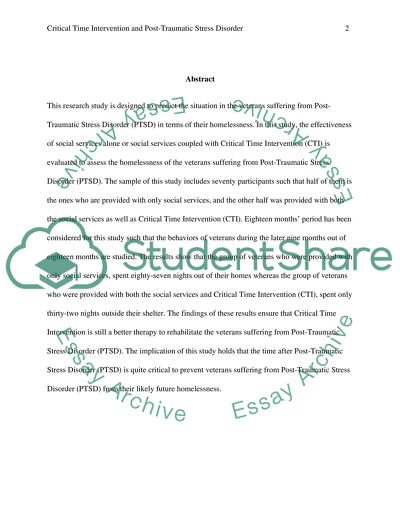Cite this document
(“Does Critical Time Intervention Prevent Future Homelesness Among Research Paper”, n.d.)
Retrieved from https://studentshare.org/psychology/1477670-does-critical-time-intervention-prevent-future
Retrieved from https://studentshare.org/psychology/1477670-does-critical-time-intervention-prevent-future
(Does Critical Time Intervention Prevent Future Homelesness Among Research Paper)
https://studentshare.org/psychology/1477670-does-critical-time-intervention-prevent-future.
https://studentshare.org/psychology/1477670-does-critical-time-intervention-prevent-future.
“Does Critical Time Intervention Prevent Future Homelesness Among Research Paper”, n.d. https://studentshare.org/psychology/1477670-does-critical-time-intervention-prevent-future.


